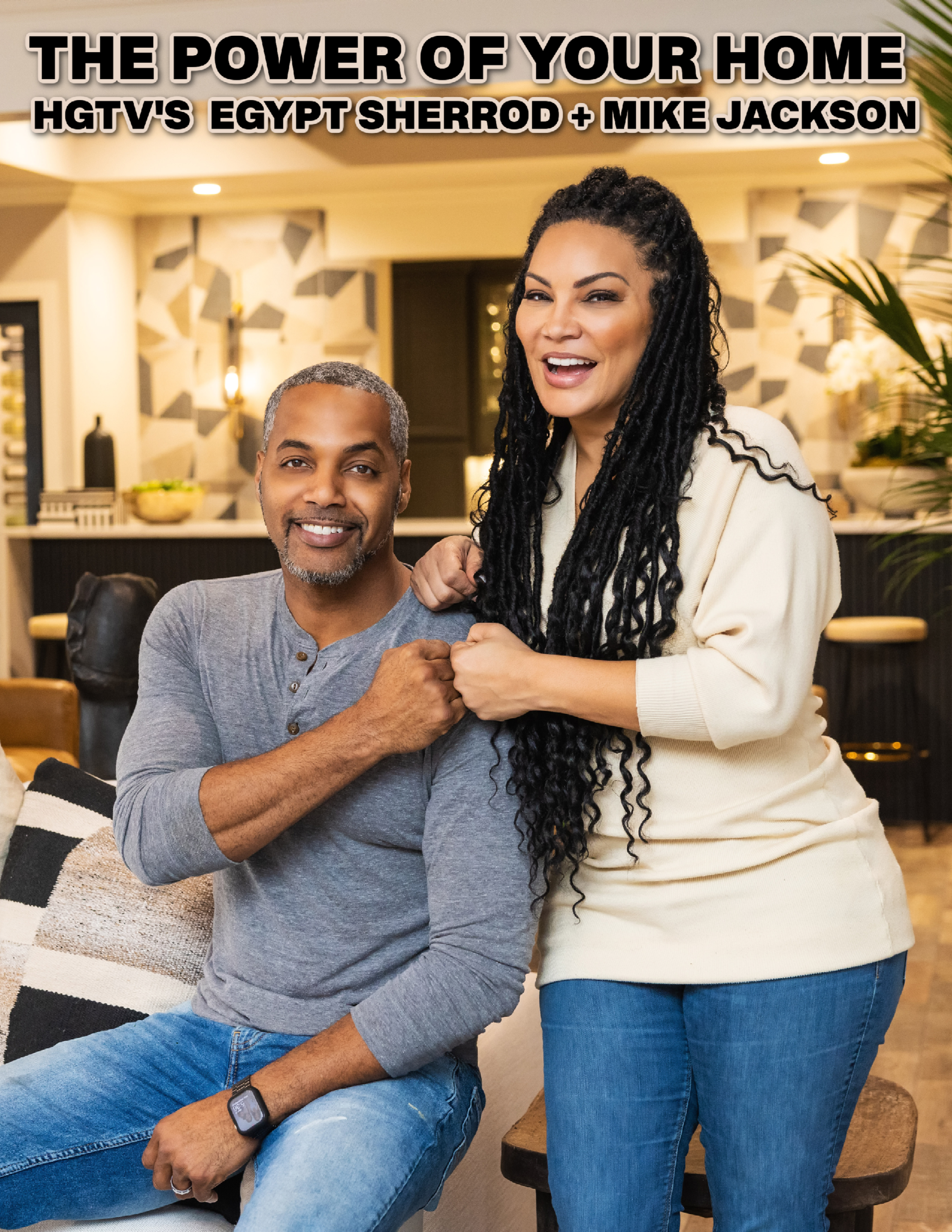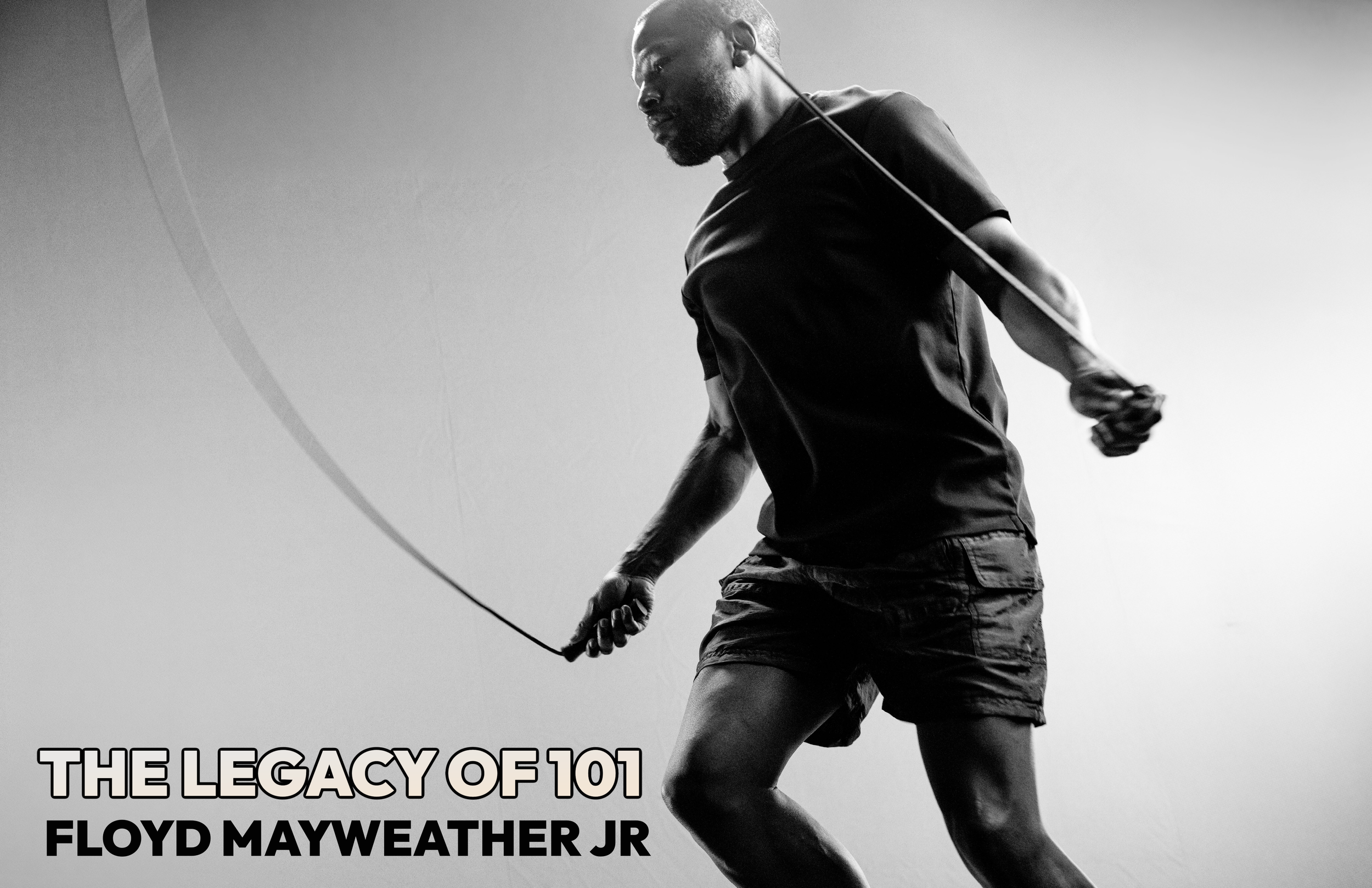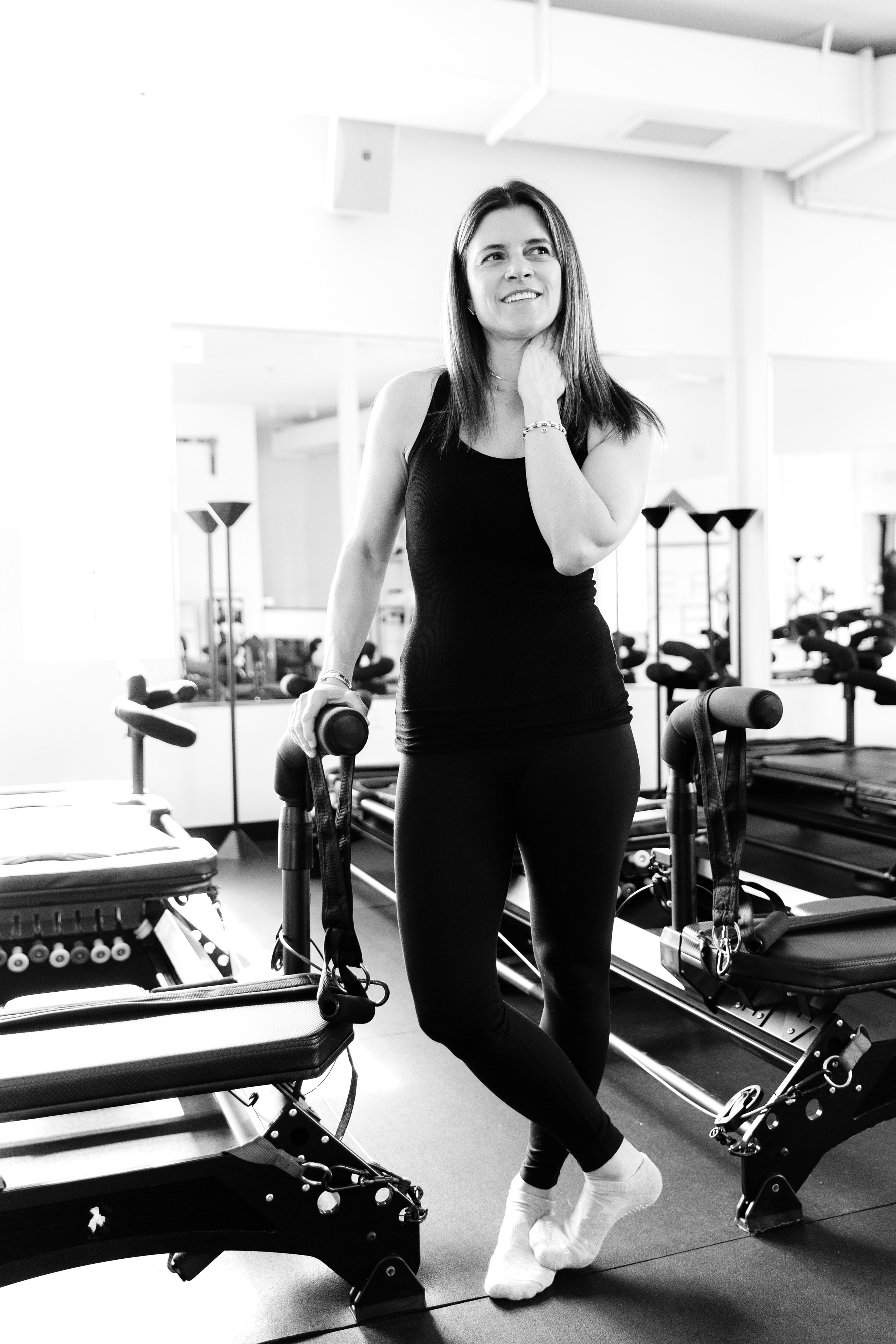It starts with a familiar story: an old sports injury flares up again during a jog, a knee twinges awkwardly halfway through a yoga session, or your shoulder starts complaining during an overhead press. You ice it, stretch it, maybe take a break—but the pain sticks around. Traditionally, the next step might’ve involved MRIs, a lot of waiting, and eventually surgery. But things are different now.
For active people trying to stay moving, surgery isn’t always the only (or best) option anymore. Clinics like Regenexx Pittsburgh are showing how non-surgical orthopedics—especially regenerative treatments—can offer long-term joint relief without going under the knife. It’s a game-changer for folks who’d rather spend their weekends hiking than healing in bed.
PHOTO CREDIT | Pexels/Kindel Media
Why “No Surgery” Isn’t Just Wishful Thinking Anymore
Surgery used to be the go-to fix for everything from torn ligaments to arthritis. But the rise of non-surgical orthopedics is flipping that idea on its head. Today, there are minimally invasive procedures that don’t require incisions, overnight stays, or months of downtime. These treatments aim to support the body’s own healing abilities using biologics—materials that come from your own body, like platelets or bone marrow.
Here’s the thing: the goal isn’t just pain relief. It’s functional recovery. It’s helping you get back to squats, swims, and long walks with your dog—without relying on pain meds or risking complications from surgery.
The Regenerative Revolution: PRP, Stem Cells, and More
Let’s break down the most common non-surgical treatments that are redefining orthopedic care:
Platelet-Rich Plasma (PRP)
PRP therapy starts with a simple blood draw. Your blood is spun in a centrifuge to separate out the platelets, which are then injected into the injured area. These platelets are rich in growth factors that support tissue healing and inflammation reduction. It’s a go-to for tendon issues, ligament strains, and mild arthritis.
Bone Marrow Concentrate (BMC) and Stem Cells
Stem cell therapy often uses cells taken from your own bone marrow. Once extracted and concentrated, they’re injected precisely where you need them—whether it’s a knee joint or a torn rotator cuff. The idea is to boost the body’s ability to regenerate cartilage, reduce pain, and improve mobility. It’s especially promising for people who aren’t ready for joint replacement but aren’t finding relief with physical therapy alone.
Image-Guided Injections
Accuracy matters. Clinics using real-time imaging—like ultrasound or fluoroscopy—can pinpoint the exact area that needs treatment. This minimizes risk and maximizes results. It’s not just about injecting something somewhere near the pain—it’s about targeting the real source of the issue.
Real Recovery for Real Life
Let’s be real: the average person isn’t looking to win the Olympics—they just want to walk without limping, lift their kid without wincing, or run a 5K without regretting it later. That’s where non-surgical orthopedics shines.
For example, say you’ve got nagging knee pain that’s been brushed off as “just aging.” A traditional route might have you resting indefinitely or prepping for arthroscopic surgery. A regenerative approach, however, might combine PRP therapy with physical rehab to rebuild strength, reduce inflammation, and get you back to your routine—faster and with far fewer complications.
The same goes for shoulder injuries, hip discomfort, or even spine issues. Instead of one-size-fits-all procedures, non-surgical orthopedics aims for personalized plans that meet you where you are—whether that’s halfway up a trail or back at square one.
A Fitness-Focused Approach to Healing
Non-surgical treatment isn’t just about fixing what’s broken—it’s about supporting how you want to live. That’s why a lot of these solutions are embraced by fitness-minded folks, from CrossFit athletes to cyclists and pickleball fans.
Here’s what makes this approach so appealing:
● Minimal Downtime: You’re typically back on your feet within days, not weeks.
● No General Anesthesia: Most treatments are done under local anesthesia with minimal risk.
● Functional Focus: It’s not about immobilization—it’s about careful movement and progressive return.
● Long-Term Payoff: Many people report lasting improvements in pain and mobility, not just temporary relief.
For the person who uses a standing desk and tracks their macros, it just makes sense.
What to Expect from the Process
If you're considering regenerative orthopedics, here’s a quick look at how the process usually works:
Consultation and Assessment
You’ll start with a full evaluation that may include physical exams, imaging (like an MRI or ultrasound), and a discussion of your goals.Custom Treatment Plan
Based on your condition, your provider may recommend PRP, stem cell therapy, or another image-guided injection. Sometimes, these are used alongside physical therapy or bracing.Outpatient Procedure
Most treatments are done right in the clinic, often in under an hour. You’ll be walking out the same day.Recovery and Rehab
While there’s little downtime, structured rehab is often part of the plan. Think guided exercises, check-ins, and gradual increases in activity.Results Over Time
Improvements aren’t always instant, but many patients report reduced pain and better movement within weeks. More substantial gains often show up around the 3–6 month mark.
Is It Right for You?
While non-surgical options are gaining traction, they’re not a magic wand. They work best for:
● Mild to moderate osteoarthritis
● Chronic tendon or ligament injuries
● Joint instability
● People avoiding or postponing joint replacement
It’s worth noting that not everyone is a candidate. Advanced arthritis or significant structural damage might still require surgical intervention. But for many, especially those who are active and health-conscious, regenerative care offers a safer, smarter first step.
Don’t Wait for It to Get Worse
One of the biggest misconceptions around joint pain is that you have to wait until it’s unbearable—or until something “tears”—before seeking help. But the earlier you explore non-surgical options, the more likely you are to avoid surgery altogether. Whether it’s a dull ache that’s messing with your morning runs or stiffness after a long workday, getting a professional opinion can make all the difference. Proactive care isn’t just smart—it’s empowering. You don’t have to settle for “just living with it.” You’ve got options, and they’re a lot more active than you might think.
PHOTO CREDIT | Pexels/Kampus Production
The Future of Orthopedic Recovery Is Personal
We’re moving away from the idea that healing means halting everything. Regenerative orthopedics is about meeting people where they are—whether that’s training for a half-marathon or chasing after grandkids—and offering a solution that supports how they want to live.
No overnight stays. No stitches. Just science-backed treatments tailored for motion, not restriction.
So if you’ve been benched by joint pain or sidelined by injury, it might be time to consider a comeback—no surgery required.



































